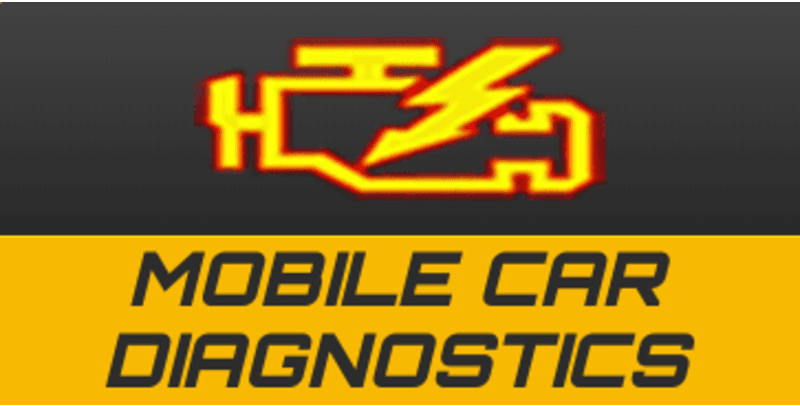


What are anti-lock brakes and how do they work? Anti-lock brake systems (ABS) are designed to prevent your vehicle’s wheels from locking (and skidding) during emergency stops and other challenging conditions. How does ABS work? Using electronic sensors and high-pressure pumps, under certain conditions, your ABS system can measure your vehicle’s speed, wheel slip, and the force you apply to the brakes. When the sensors detect a skid hazard, your ABS actually pumps the brakes for you — with more speed and precision than a human driver can achieve.
ABS Diagnostics – How do anti-lock brakes help you?
ABS helps you keep control of your vehicle when you stop suddenly or brake on slick surfaces. By preventing the wheels from locking, you maintain traction and steering as you stop — instead of skid. On some vehicles, anti-lock brakes may also decrease the braking distance required to stop safely, but this isn’t their main purpose.
Why is my ABS light on?
Your anti-lock brake light could be on as part of a routine system check, or it could be alerting you to a problem with your ABS brake system:
Routine self-check (the light is briefly on at startup) Malfunctioning ABS computer module, Broken or corroded, ABS sensor, Bad wheel bearing, Dirty tone ring, Problem outside the ABS and brake systems that affects the ABS sensors or module (low car battery, electrical problems).
What should I do when my ABS light comes on?
What to do when your ABS light turns on depends on when the light turns on:
ABS light flashes at startup (then turns off): Your ABS system has just performed (and passed) its routine self-test. Nothing to worry about. ABS light comes on at startup (and stays on): Your ABS self-test has found an issue. Your brakes will still work, but their anti-lock function won’t engage. Drive mindfully to this missing safety feature until you have your ABS system checked. ABS light comes on while you’re driving: Your ABS system has stopped working. Sometimes the issue is temporary, but request an appointment if the light stays on after your next startup. ABS and brake lights come on: On many vehicles, this means your brake system has a problem. Your vehicle isn’t safe to drive. Get off the road at the first safe opportunity call for a tow and brake carefully. Brake light glows amber: In some vehicles, an amber brake light functions as the ABS light. Any time your ABS light stays on after startup, you should request to call Mobile Car Diagnostics for ABS service. After inspecting your ABS, our technician will explain exactly what’s required and what’s optional, and provide you with a written estimate before any work is done.
Is it safe to drive with the ABS light on? Driving with the ABS light on is safe if your brakes are working normally but it’s less safe than driving with a functioning anti-lock-brake system. In situations where ABS would normally engage, you’re at heightened risk of brake lock and skidding if that ABS light is on. It’s a good idea to have your ABS system checked out at your earliest convenience.
Is it safe to drive with the ABS light and brake light on? It is unsafe to drive most vehicles with the ABS and brake lights on simultaneously. On most vehicles, the brake light alerts you to problems such as low brake fluid or low brake pads. On some older vehicles, the brake light will kick in along with the ABS light to alert you to an ABS system problem. Unless your vehicle is one of these, it’s a good idea to err on the side of safety, consider your brakes unreliable, and call a Mobile Car Diagnostics expert as soon as possible.
Why does my brake pedal pulsate sometimes? If your brake pedal pulsates during sudden stops or on slippery roads, that’s probably your ABS in action, pumping the brakes. Keep your foot on the brake until your vehicle stops. Several brake problems can cause brake pedal movement.



